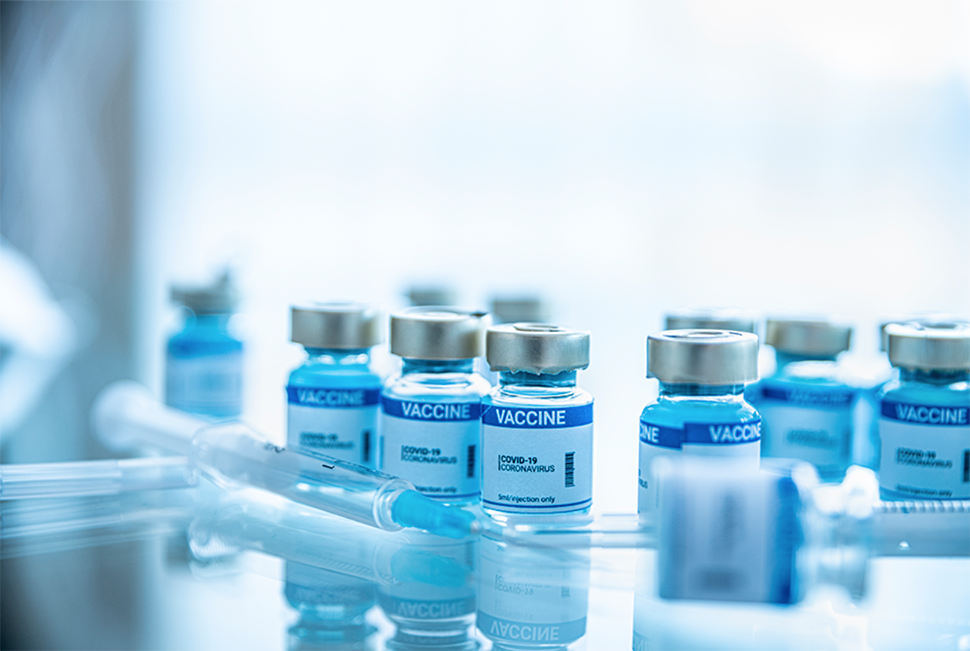Published: 08/06/22 11:25 Categories: Microbiology
Celebrations were held a few months ago for World Water Day. However, its important use as a raw material in the production of medications is often overlooked. And just as it is an essential part of life, so it is in this industry.
It could be said that one of the pillars in the pharmaceutical industry is the control and maintenance of water purification systems used in their production processes, since this is one of the main resources used in these companies as an excipient, in the synthesis of active ingredients, for preparations such as granulates and coatings, and even in the washing of containers and equipment.
Water classes and their microbiological requirements
Due to its many different possible uses, this liquid will have different levels of quality, and its control is closely governed by regulations such as the European Pharmacopoeia in the EU, the USP in the USA or the JP in Japan, the benchmarks in this field.
Eur. Ph. categorizes water quality depending on its purity level:
|
Category |
Use |
Sample |
Parameters |
|
Water for injectables |
For the preparation, dissolution or dilution of substances and/or preparations via a parenteral route |
100 ml |
10 CFU/ml |
|
Purified water |
For the preparation of medications that are not required to be sterile or non-pyrogenic |
100 ml |
10 CFU/ml |
|
Water for the preparation of extracts |
For the preparation of herbal extracts |
100 ml |
100 CFU/ml |
Previously Highly Purified Water was also included. However, due to the revision of the Eur. Ph. allowing the production of water for injectables by methods other than distillation, this category has been eliminated.
The importance of water quality lies in the chance that certain microorganisms may survive and proliferate in aqueous environments and cause health risks, especially due to the way they enter the body, and also because of the high percentage of the vulnerable population that uses these products, either due to age or an immunocompromised system. For these reasons, it is extremely important to implement monitoring systems in order to control and monitor this raw material.
In this case, and unlike other samples, controls are not performed for specific parameters. Instead, a general microbial load is sought, whose permitted limits depend on the quality level.
Microbiological monitoring according to Pharmacopoeia

Both for injectable and highly purified water, microbiological controls are performed by monitoring the microbial count. First, the sample must be filtered with a membrane with a pore size of no more than 0.45 µm and then incubated in R2A Agar between 30ºC and 35ºC for at least five days. The same procedure is used for the water used in extract preparation. However, the medium used is TSA under the same incubation conditions.
Similarly, the performance control of the means used is of vital importance. For this purpose, growth promotion tests are performed on both R2A agar and TSA.
The strains used for both are Pseudomonas aeruginosa and Bacillus subtilis using an inoculum containing ≤100 CFU and incubating at 30ºC to 35ºC for at least three days.
If you wish to receive further information about water control in the pharmaceutical industry, please do not hesitate to contact us.

 Food fraud: How do we detect it?
Food fraud: How do we detect it?
 Visit Us at MEDICA 2025 – Discover Our Precise Detection Solutions
Visit Us at MEDICA 2025 – Discover Our Precise Detection Solutions
 PCR: The Technique Revolutionizing Rapid Detection in the Food Industry
PCR: The Technique Revolutionizing Rapid Detection in the Food Industry
 How Culture Media Ensure the Safety, Efficacy, and Quality of Medicines
How Culture Media Ensure the Safety, Efficacy, and Quality of Medicines
 Meeting us at MEDLAB MIDDLE EAST 2025
Meeting us at MEDLAB MIDDLE EAST 2025